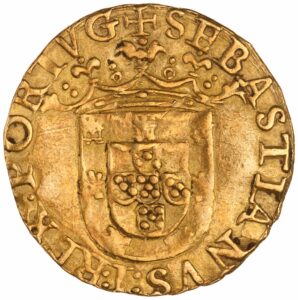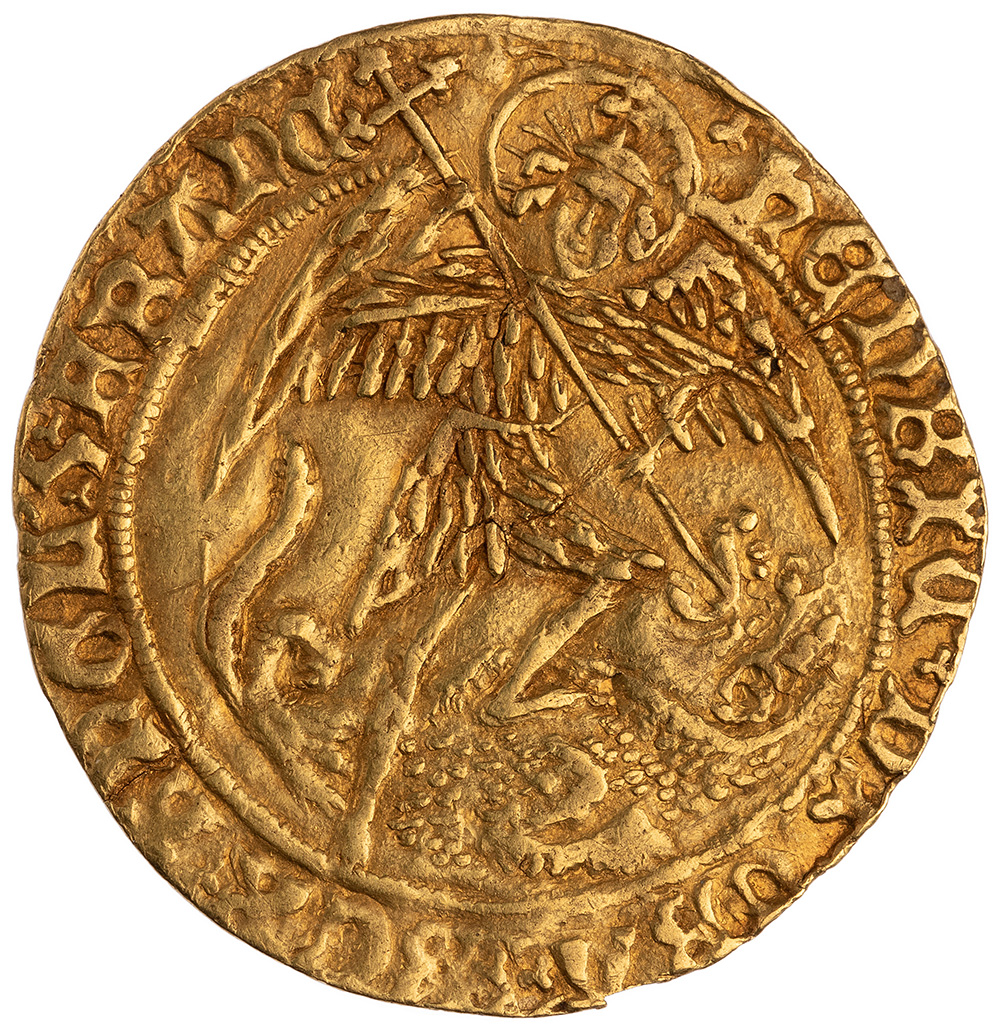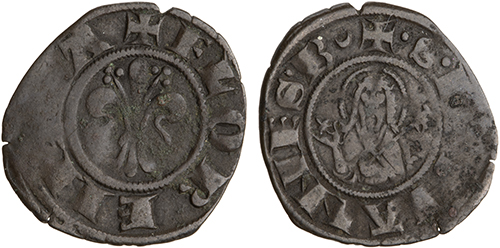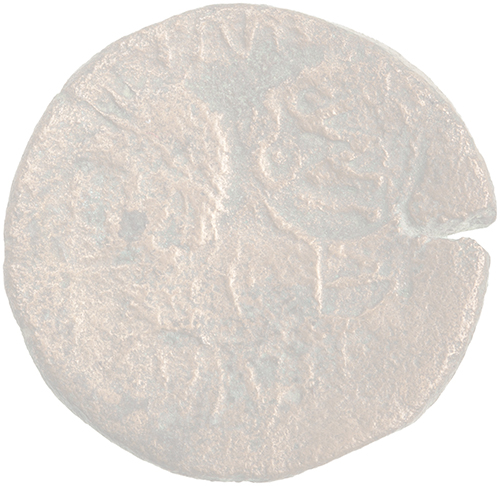Profiles in Research: Chad Leahy
Last week, the ANS was visited by Dr. Chad Leahy, an Assistant Professor of Spanish and Early Modern Cultural Studies in the Department of Languages & Literatures at the University of Denver. Chad was kind enough to sit for a short interview about his work, and what follows is a lightly edited transcript of our talk.
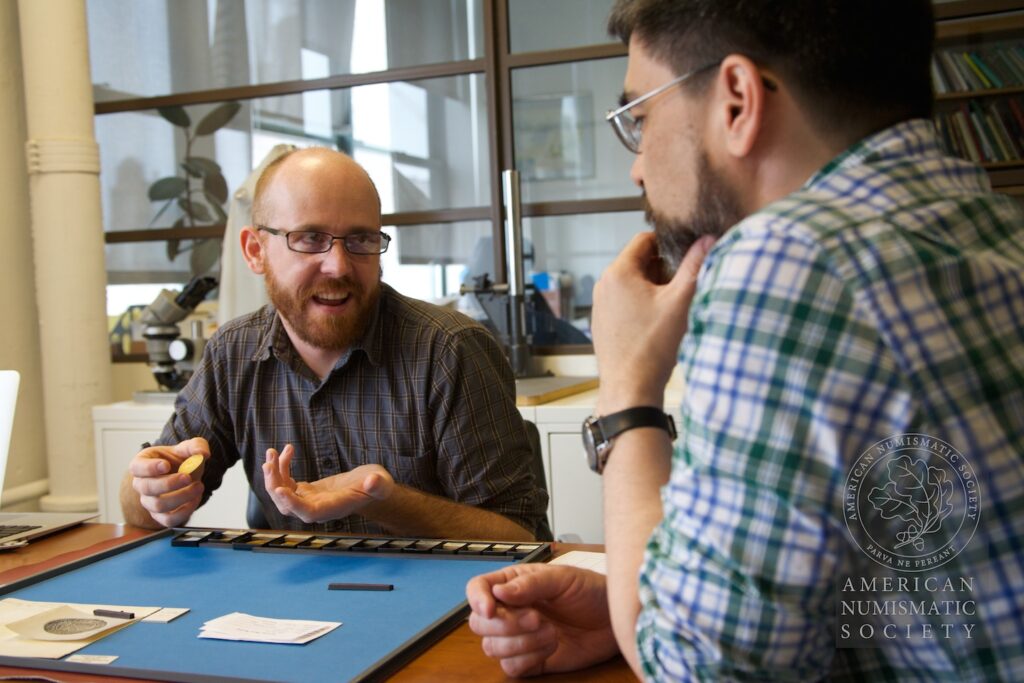
What brings you to the ANS today?
I am working on a book project right now about the representation of Jerusalem in early modern Spanish culture and how the politics and interests of Spain in the Holy Land were refracted in art and literature. I also am finishing up an article on the place of coins in a particular episode of Don Quixote that deals with the expulsion of the Moriscos. In the 16th Century, ‘Morisco’ was a term used to refer to the descendants of Muslim people in Iberia, who were expelled from Spain in 1609-1614. Moriscos were officially converts to Christianity, but most of them only nominally so. One of the characters in the novel, Ricote, was a Morisco who was expelled but then sneaks back to recover some buried treasure. The buried treasure of Ricote has been studied a lot from an economic angle, but I am looking at what happens when we read the coins as objects–looking at the marks and inscriptions on them to see the propagandistic messages that were circulating at the time. The discourses used to justify the expulsion were connected to Crusade propaganda and ideas about Spanish national identity, and these same messages are communicated through those coins. So there’s an interesting ironic tension between the character’s own biography and the coins he is coming back to recover. The thing that got Ricote expelled in the first place is stamped on his coins.
And were there some coins that you saw today that you found particularly interesting or enlivening?
Until now, the pieces that I have seen are things you find on Google images or coins published in books. I haven’t had the opportunity to examine any pieces in person and its hard to know without doing so what is real and what is being misrepresented or poorly described.
In Don Quixote, Ricote has all different kinds of money. Most of his money is in the form of escudos and initially I was just surprised by how small escudos are. The expulsion of the Moriscos happened under the reign of Philip III (1598-1621) and the ANS has an escudo from that period and also a gold Portuguese cruzado from a little bit earlier.

Both pieces are really fascinating. In the heraldry of the period there is a particular kind of cross called the cross potent that was a mark of the crown of Naples, which was in turn connected to both the crown of Jerusalem and the crown of Aragon through marriage and conquest. The cross potent came to represent the Kingdom of Jerusalem. These coins have crosses potent on them and the reason why this is significant in the period as it relates to propaganda and the expulsion is that this particular kind of cross gestures to Crusader propaganda and the idea of universal battle against Islam. It embodies the idea that Spain is destined to reconquer Jerusalem. These kinds of ideas were used to justify the expulsion of the Moriscos in 1609 and this is a connection I want to highlight.
One surprise today was that the cruzado (left) had a potent cross on it too [centered above the coat of arms]. I did not know that Portugal had crosses potent on any of their coins and they appear to have them in the 16th century on a good number of their cruzados.
And finally what are your future plans for this work?
This is going to be part of two works in progress. The first is an article that I am finishing up focusing on the Don Quixote coins, and the second is a larger book project about Jerusalem and early modern Spain.
For information about how this work develops, check out Dr. Leahy’s academia.edu page here.


